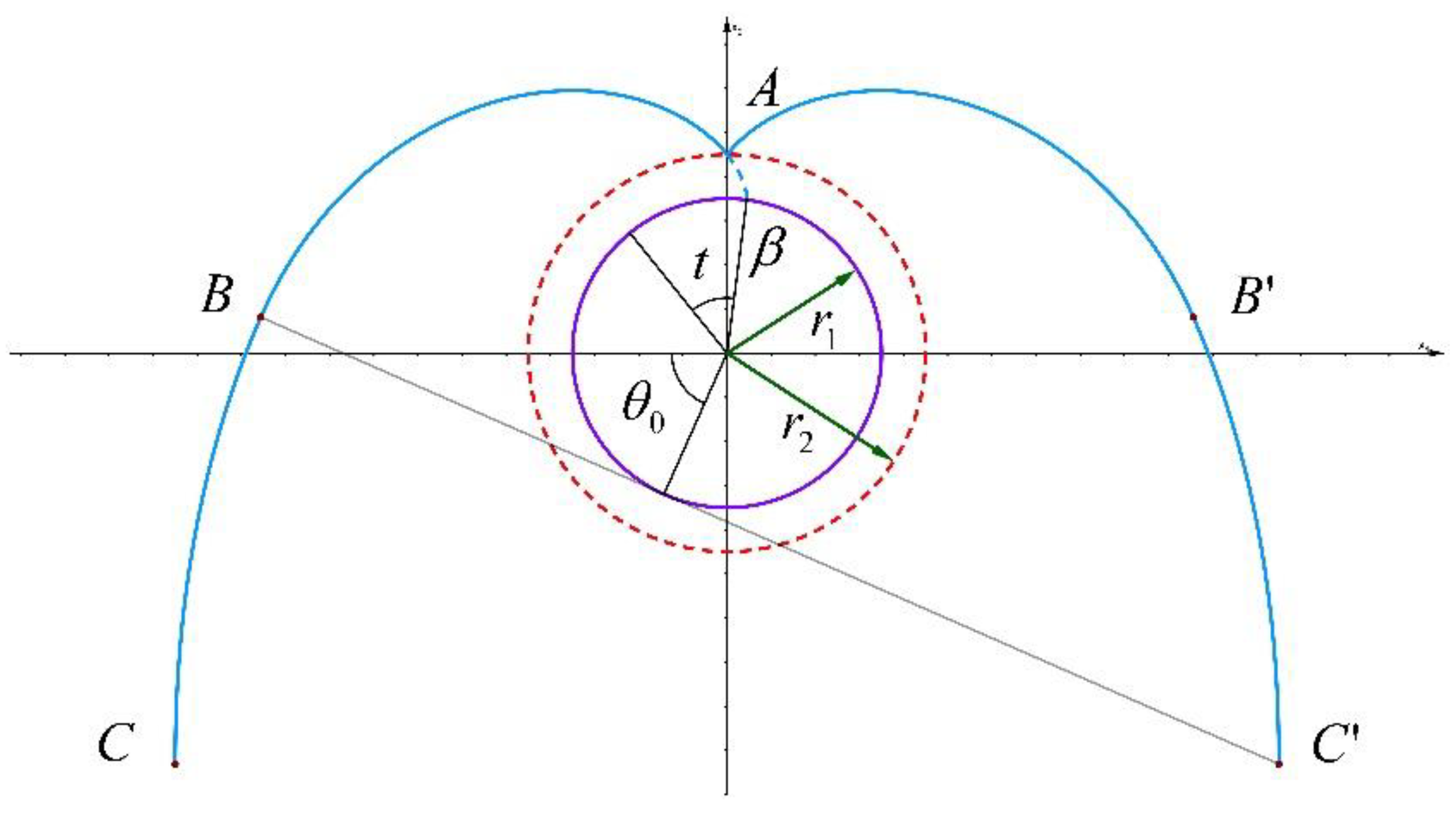

Introduction The use of simulation tools like Computational Fluid Dynamics (CFD) in the analyses of energy systems is widespread in the continuous drive to improve the efficiency of energy production by understanding and reducing losses in energy generation. Keywords: Computational Fluid Dynamics Radiative Transport Equation Discrete Ordinates Method ray tracing ray effect false scattering 1Ģ 1.

For all the test cases, good agreement was found when suitable modelling settings were used to limit both ray-effect and false scattering errors. The first source was test cases from literature with published solutions and the second a combined modelling approach where solutions were obtained using both FV and ray tracing (with SolTrace). To illustrate and validate the method, two sources were used.
#Soltrace tuto linear fresnel code
This paper evaluates the use of CFD in the form of the commercial CFD code ANSYS Fluent v15 and v16 to model the reflection, transmission and absorption of solar irradiation from diffuse and specular surfaces found in linear CSP applications. This type of scenario can be modelled accurately using CFD, through the finite volume (FV) treatment of the radiative transfer equation (RTE) and a banded spectrum approach at an increased computational cost. When considering a complex mirror field and a complex receiver with secondary reflective surfaces, especially with selective coatings to enhance absorption and limit re-radiation losses, standard ray tracers may be limited in specifying emissivity and absorptivity, which are both specular and temperature dependent, and are hence not suitable as radiation analysis tool. For traditional ray-tracing methods, advantages are the cost-effectiveness of the Monte Carlo method in modelling reflections from specular surfaces the ability to statistically assign a sun shape to the rays the statistical treatment of reflectivity and optical errors (e.g.
#Soltrace tuto linear fresnel software
There are both advantages and disadvantages to using separate software for the irradiation and heat transfer modelling. For the evaluation of CSP receivers, the results from ray-tracing codes are typically used to provide boundary conditions to Computational Fluid Dynamics (CFD) codes for the solution of conjugate heat transfer in the receivers. Meyer a a Professor, PhD, b Graduate student, Department of Mechanical and Aeronautical Engineering, University of Pretoria, Pretoria 0002 South Africa * Corresponding author: Abstract The modelling of solar irradiation in concentrated solar power (CSP) applications is traditionally done with ray-tracing methods, e.g. 1 Finite volume ray tracing using Computational Fluid Dynamics in linear focus CSP applications K.J.


 0 kommentar(er)
0 kommentar(er)
